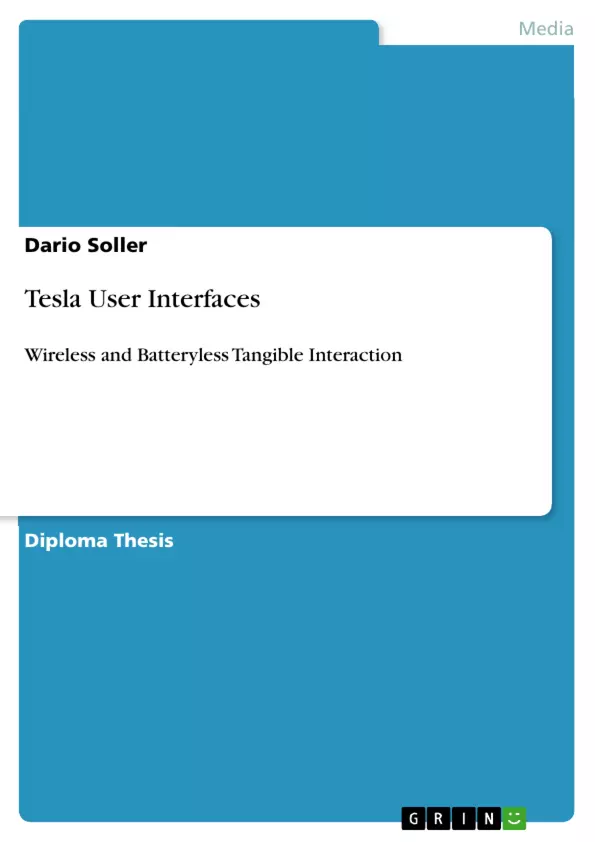Radio frequency identification (RFID) still owns a "black-box" image in the mental models of most people. With the current trends to enhance this technology with other functionalities and sensors, this mystical image even gets worse. Despite the fact that there is relative constant amount of scientific publications working with the RFID technology, only few accurately classified works exist, that provide an holistic understanding of this technology. From the view of an user interaction designer it is hardly possible to utilize the remarkable benefits of RFID technology with the current state of science. By an exemplary design of wireless devices, this thesis investigates the RFID technology and draws an in-depth picture of its current state. This is done on a theoretical level with the introduction of the 2013 RFID taxonomy, as well as with three series of enhanced RFID tag prototypes, that have been built to gain practical knowledge in this field. The final prototype implements a music player that is controlled by a set of RFID control widgets. This also is a first application of the Tesla User Interface idea. By comparing and evaluating these approaches, the usefulness for human computer interaction (HCI) was verified, even though this should be done attentively. A whole spectrum of concrete future work in the field of electronic engineering, networking and HCI are proposed as an important result of this work.
Inhaltsverzeichnis (Table of Contents)
- Abstract/Zusammenfassung
- Acknowledgement
Zielsetzung und Themenschwerpunkte (Objectives and Key Themes)
This diploma thesis investigates the potential of RFID technology for human-computer interaction (HCI), focusing on its current state and future possibilities. It aims to address the lack of comprehensive understanding and explore its potential benefits for user interaction design.
- The current state of RFID technology and its limitations for user interaction design.
- The development of a 2013 RFID Taxonomy for a better theoretical understanding of RFID.
- The design and implementation of advanced RFID tag prototypes.
- The introduction and application of the Tesla User Interface concept.
- The evaluation of RFID technology's usefulness for HCI.
Zusammenfassung der Kapitel (Chapter Summaries)
The abstract provides an overview of the thesis, highlighting the research objectives, methodology, and key findings. The acknowledgement section expresses gratitude to individuals who contributed to the project.
Schlüsselwörter (Keywords)
RFID, human-computer interaction, user interaction design, Tesla User Interface, taxonomy, prototype development, HCI, electronic engineering, networking.
- Quote paper
- Dario Soller (Author), 2013, Tesla User Interfaces, Munich, GRIN Verlag, https://www.grin.com/document/232570



